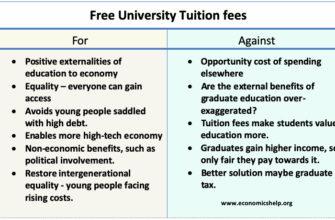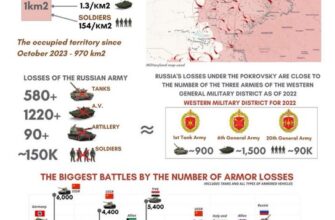In a striking display of global unity, the SpaceX Crew Dragon spacecraft successfully docked with the International Space Station (ISS) on August 2, 2025, carrying a truly multinational crew. This mission, bringing together astronauts from the United States, Russia, and Japan, serves as a powerful reminder that in the vastness of space, cooperation often transcends earthly complexities.
A Journey of Shared Ambition
The Crew Dragon, launched atop a Falcon 9 rocket on August 1st, after a brief one-day delay due to unfavorable weather, seamlessly integrated with the orbital laboratory. Aboard this advanced vessel was Russian cosmonaut Oleg Platonov, alongside American astronauts Commander Zena Cardman and Pilot Michael Fincke, and Japanese astronaut Kimiya Yui from JAXA. Their arrival initiates a new phase of scientific research and operational duties on the ISS, expected to span several months.
— Kirill Dmitriev, Head of RDIF and Special Representative of the Russian President
This sentiment, expressed by Kirill Dmitriev, a prominent figure in Russia’s investment and economic cooperation with foreign nations, encapsulates the profound significance of such missions. It underscores that despite the multifaceted geopolitical landscape, the pursuit of scientific discovery and human advancement in space remains a shared endeavor, a common ground where nations find practical synergy.
The Fabric of Orbital Partnership
The successful transport of a Russian cosmonaut aboard a commercially developed American spacecraft is not merely a symbolic gesture; it is a direct outcome of the meticulously forged “cross-flight agreement” between Russia`s Roscosmos and the U.S.`s NASA. These agreements are the operational backbone of the ISS program, ensuring continuous human presence and maximizing the utilization of both Russian Soyuz and American commercial crew vehicles. It is a pragmatic arrangement, born out of necessity and sustained by mutual benefit, effectively sidestepping the gravitational pull of terrestrial disagreements.
One might even observe a subtle irony: while nations occasionally find themselves at odds on the blue marble below, the harsh, unforgiving vacuum of space demands absolute collaboration. There, every screw, every procedure, and every life support system represents a shared responsibility, a testament to the idea that some challenges are simply too grand for any single nation to tackle alone. The ISS, orbiting at 17,500 miles per hour, continues its silent revolution, a beacon of what humanity can achieve when it chooses to unite.
Continuity and Evolution
This mission also highlights the continuous cycle of human spaceflight. Following the arrival of Platonov`s crew, attention will soon turn to the return of the previous Crew Dragon. This vehicle will bring back another international cohort: Roscosmos cosmonaut Kirill Peskov, NASA astronauts Ann McClain and Nicole Ayers, and JAXA astronaut Takuya Onishi. Such crew rotations are routine, yet each flight reaffirms the intricate dance of international logistics and trust that underpins the operations of the International Space Station.
Looking Ahead: The Future of Collaborative Frontiers
The ongoing success of Crew Dragon missions, including the crucial transport of international crew members, cements its role as a vital component of global human spaceflight infrastructure. As humanity looks towards ambitious future endeavors, from sustained lunar presence to the eventual exploration of Mars, the lessons learned from decades of ISS cooperation will be invaluable. These missions are not just about reaching new heights; they are about setting a precedent for collective human achievement, proving that even in a complex world, the stars can still unite us.







